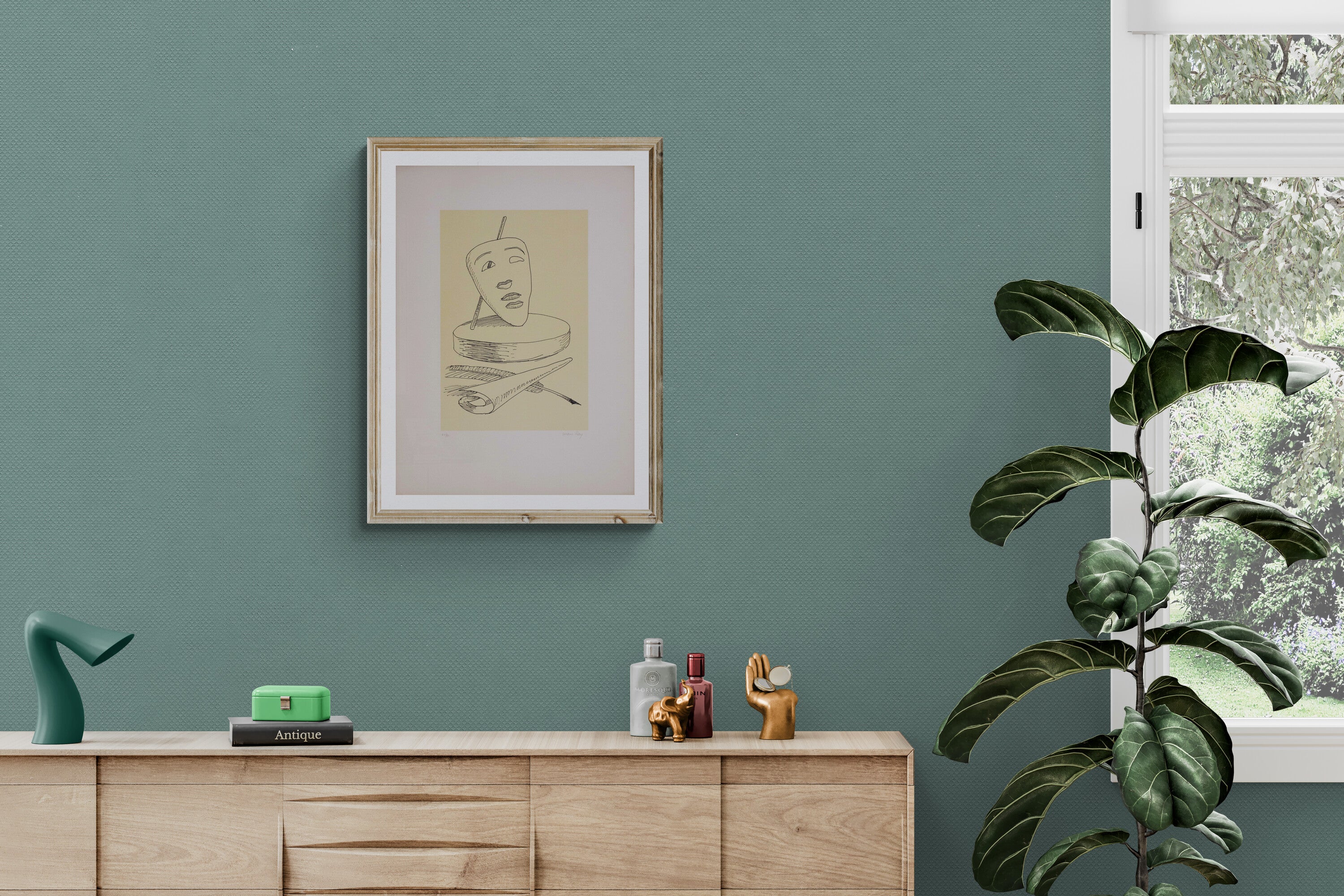Piero Guccione biography
- PIERO GUCCIONE PAINTER

Piero Guccione, born on May 5, 1935, in Scicli, a small town in eastern Sicily, was a versatile Italian artist, known for his career as a painter, engraver, and illustrator.
From a young age, he showed a great passion for art, abandoning classical studies to fully dedicate himself to painting and drawing. After graduating from the Art Institute of Catania in 1954, he moved to Rome, where he came into contact with the neorealist painters of the Galleria Il Pincio, located in Piazza del Popolo.
During the 1950s and 1960s, Piero Guccione actively participated in paleoethnological missions in the Libyan Sahara desert, under the guidance of Professor Fabrizio Mori. The goal of these missions was to survey prehistoric Saharan civilization rock paintings and graffiti. Thanks to this experience, the artist organized in 1961 an exhibition of rock paintings at Columbia University in New York, which was later hosted by other important American universities.
Piero Guccione's artistic career officially took off on April 23, 1960, when he held his first solo exhibition at the Galleria Elmo in Rome. The exhibition was presented by art critic Duilio Morosini and marked the beginning of a successful artistic journey. Over the years, Guccione participated in numerous exhibitions both in Italy and abroad, consolidating his reputation as one of the leading contemporary Italian painters.
During his career, Piero Guccione stood out for his conceptual interpretation of painting, especially through his famous series of works on the theme of the sea. His seascapes, characterized by a realistic yet strongly conceptual rendering, convey a sense of tranquility and invite the viewer to reflection and meditation. The artist believed that the horizon line connecting the sky and the sea could evoke a sense of calm and inner connection.
Despite his national and international success, Piero Guccione always maintained a strong bond with his homeland, Sicily. In 1979, he decided to return to Sicily, settling between Scicli and Modica, where he built a house-studio. This choice made him a point of reference for other Sicilian artists, giving rise to a group called the Scicli Group, which shared a passion for painting and sculpture.
Throughout his career, he experimented with different artistic techniques, moving from oil painting to drawings and pastels. During the 1980s, he temporarily abandoned oil painting to focus mainly on drawings and pastels, creating works exploring themes such as the carob tree and a tribute to Caspar David Friedrich, one of his favorite artists.
Guccione's works have been exhibited in important artistic institutions, including the Venice Biennale, where he was invited several times, and the Metropolitan Museum of Modern Art in New York. He received numerous awards and recognitions for his artistic career, including the Special Prize for Culture from the Presidency of the Council of Ministers in 1999 and the Gold Medal from the Presidency of the Italian Republic in 2004.
After his passing in 2018, his daughter Paola Guccione established the Piero Guccione Archive, an association dedicated to promoting and cataloging the artist's works. The archive organizes exhibitions and other initiatives to make Guccione's works accessible to the public, preserving his valuable contribution to contemporary art.



